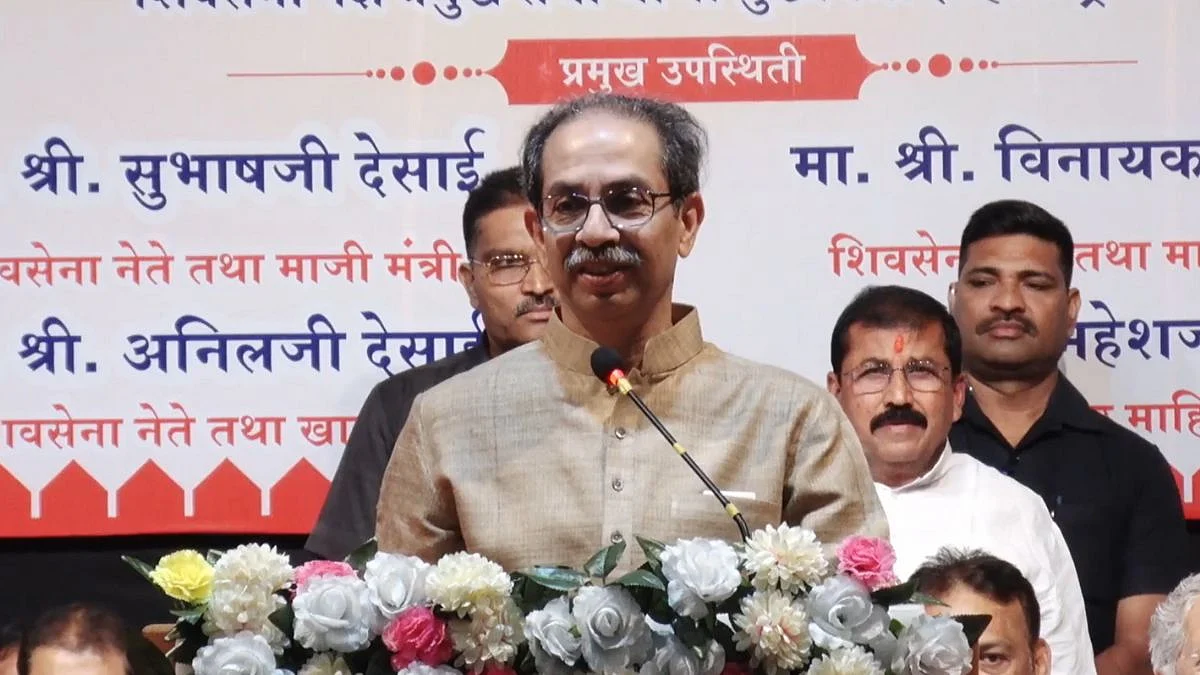Mumbai: Mumbai accounts for 37% of all malaria cases reported across Maharashtra until August 14. As per the data, 8,040 malarial cases have been recorded across the state, of which 2,985 are from Mumbai.
Six people succumbed to malaria across the state between January and August 14.
According to health officials, there has been a spike in monsoon diseases, especially malaria, in Mumbai.
Mosquito-born diseases on the rise
“There are cases where patients have been infected with both dengue and malaria. As we all know, mosquitoes are responsible for causing dengue and they need clean water to survive, with a habit of biting in the daytime. Heavy rains and water-logging in low-lying areas provide a bed for breeding to these mosquitoes. Also, water kept in drums and plates used to keep household decorative plants can also sometimes provide the same conducive environment,” said a doctor from a civic-run hospitals.
Malaria disease
Malaria is an acute febrile disease caused by the Plasmodium parasite, which is transmitted to people through the bite of infected female Anopheles mosquitoes. With timely diagnosis, it can be known which type of malaria is there. Vivax-type is the type of malaria found in India. In this, doctors give chloroquine tablets to the patient for three days followed by a course of 14 days of Primaquine tablet to destroy the Plasmodium parasite from the liver.
Efforts to curb malaria
Dr Daksha Shah, Executive Health Officer, Public Health Department, BMC, said the civic body is taking serious measures and special efforts are being made to curb malaria cases. Moreover, construction sites have been given instructions to follow measures to prevent malaria.
“During monsoon cases of malaria increase. Every year we make people aware of prevention measures. However, we will take action against people working at construction sites if they do not follow measures given by BMC Health Department,” she said.
The country is working towards malaria elimination by 2030, but to achieve this it should report near zero cases by 2027 and maintain the statistics for the next two years as well.











